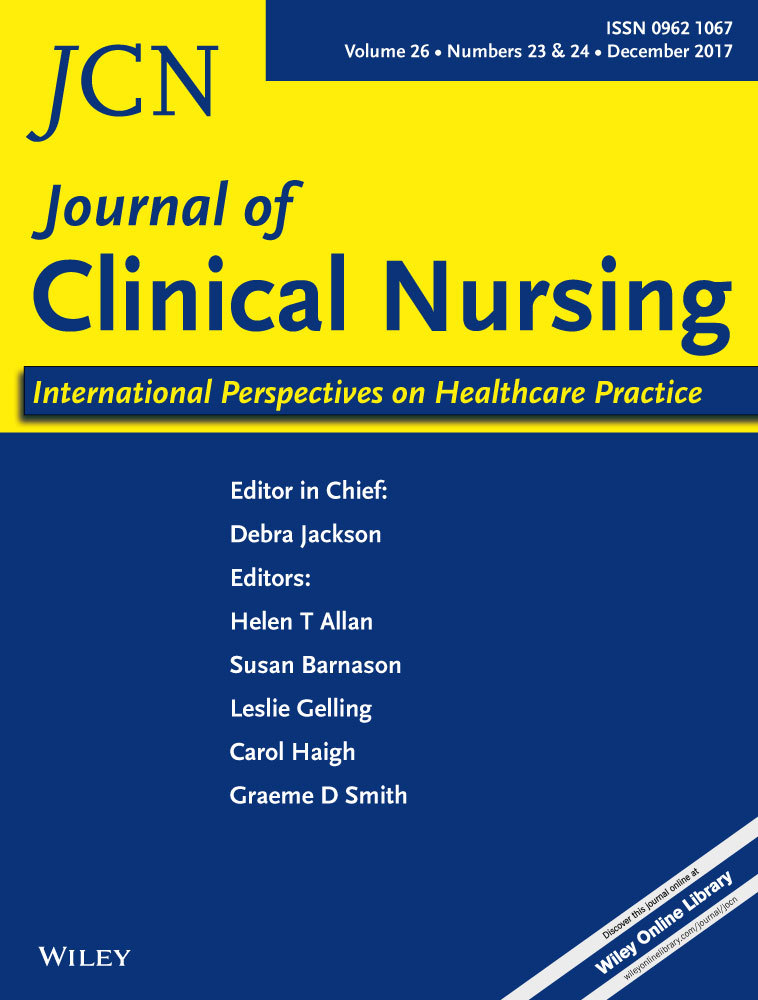Perceived stigma and depression in initially diagnosed pulmonary tuberculosis patients
Abstract
Aims and objectives
To investigate the status of tuberculosis stigma and depression among tuberculosis patients, to examine the relationship between demographics and tuberculosis stigma and depression among tuberculosis patients, and to identify the predictors of depression among tuberculosis patients.
Background
After the diagnosis of tuberculosis, patients suffer from disease symptoms and disease-related stigma. Depression is also a major concern in tuberculosis patients.
Design
A cross-sectional design was used in this study.
Methods
A total of 84 subjects, obtained through convenience sampling, enrolled in this study, which was conducted from 1 March 2013–30 December 2014. Data were collected using a structured questionnaire with a demographic component, the Tuberculosis-related Stigma Scale, and the Beck Depression Inventory-II. Data were analysed, using spss Version 20. Independent t tests, Pearson's correlation coefficient tests and analyses of variance were used for analysis of patient demographic characteristics, disease characteristics, and the correlation between stigma and depression. Multiple linear regression was used for determining the predictors of depression.
Results
The results showed that not disclosing one's illness to others was associated with tuberculosis stigma and depression. Multiple linear regression analysis indicated that patient-perceived tuberculosis stigma and body mass index accounted for 34% of the variation in depression.
Conclusions
These results can serve as a reference for clinical healthcare providers to understand perceived stigma and depression in initially diagnosed tuberculosis patients.
Relevance to clinical practice
An intervention to reduce patient tuberculosis stigma, such as improving community healthcare education or offering mental health outreach, has great potential to lower the level of depression among patients with tuberculosis.




